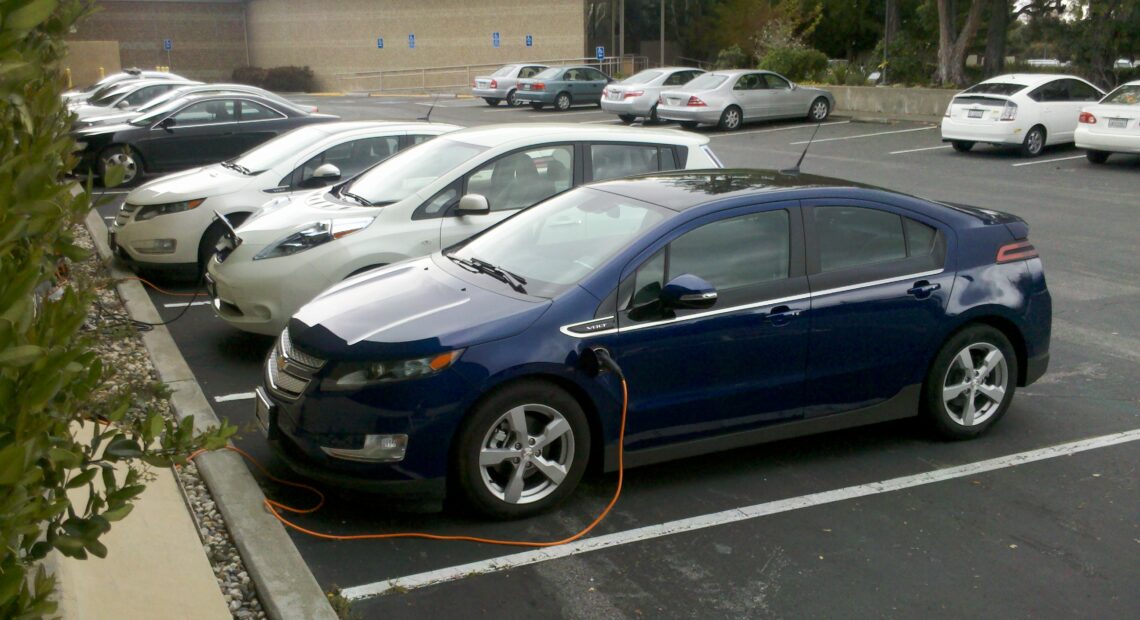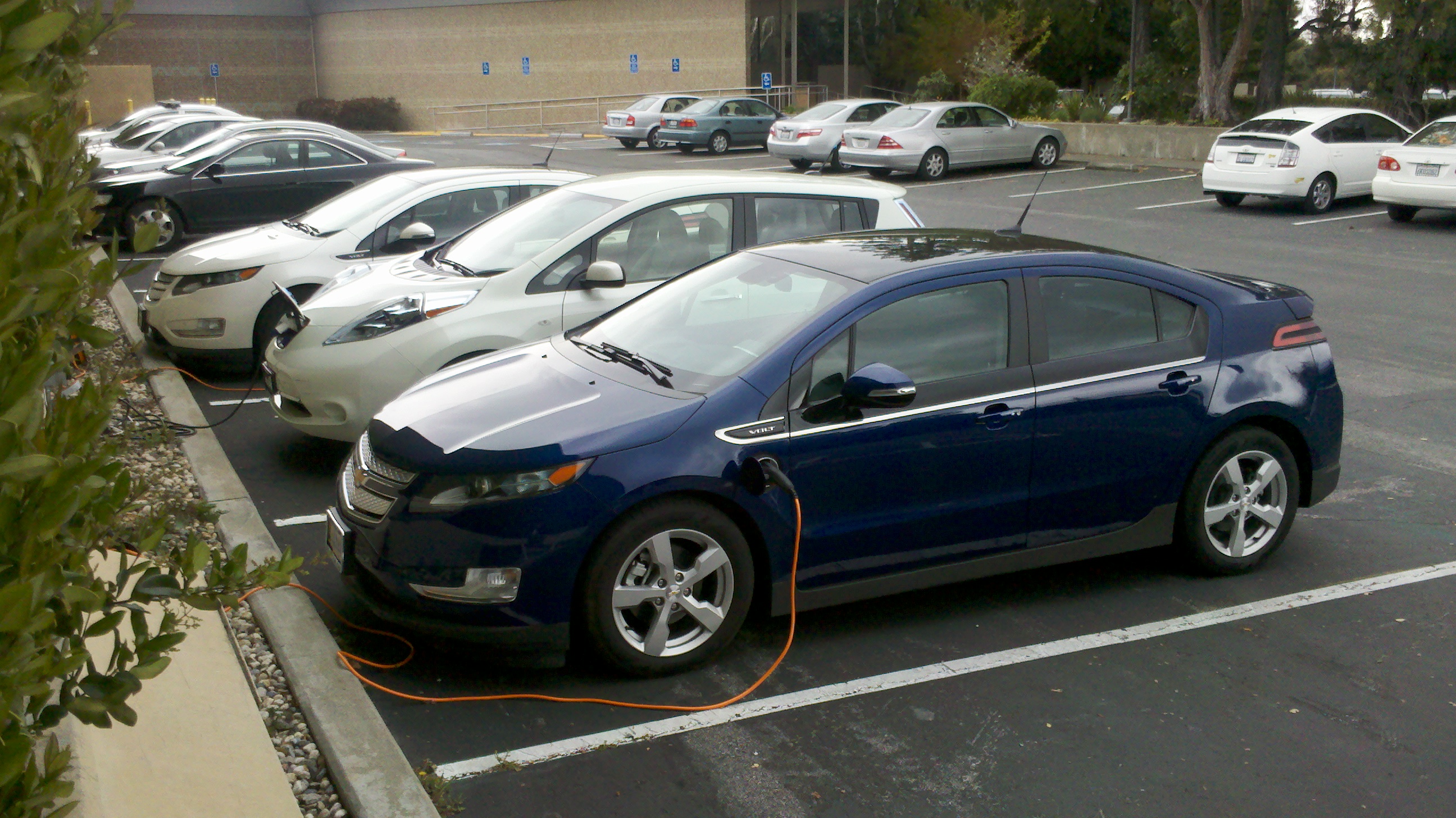
What Does It Cost To Charge An EV At Home And Will The Grid Handle It?
Listen
(Runtime 1:44)
Read
Both Washington and California have set aggressive goals to ban the sale of new gas powered vehicles over the next 10 to 15 years. It’s part of recent legislation to address carbon emissions to combat climate change. But are electric vehicles affordable to charge? And is the power grid able to handle the demand?
Right now there are more than 50,000 EVs registered in Washington state. That’s roughly 1 for every 151 residents according to the website Inside EV.

As for their affordability – with rebates and incentives – a new electric vehicle might become cheaper to buy soon, and Dr. Steven Ghan, a retired scientist and chair of the Tri-Cities chapter of Citizens’ Climate Lobby, says EV’s are cheaper to drive.
“If you charge your car at home and drive fifty miles a day it’s gonna cost you about a dollar a day for fifty miles of driving, sixteen thousand miles a year. If you drove fifty miles every day.”
But is there enough electrical capacity to charge the growing number of EV’s that are expected to hit the road over the next decade?

Michael Kintner-Meyer PNNL
Dr. Michael Kintner-Meyer thinks so. He’s an electrical systems engineer at Pacific Northwest National Laboratory. He studies the impact of EV’s on the grid.
“As far as the grid impacts are concerned, we don’t really see in the near term any, any challenges to accommodate the additional load that electric vehicles with demand.”
The Pacific Northwest is in a better position than other areas to accommodate more EV’s since most of the electricity generated in the area comes from hydroelectric operators – that’s according to Find Energy, a website that uses government data to show energy costs – both the financial and environmental.
Kitner-Meyer says the Energy Information Administration has done a forecast for energy needs through 2050. The plans are in place and now funding and building will need to occur.
















